 |
|
The principal aim of the 3 years Graduate School in Physics is the formation of young researchers with :
- a broad cultural background in Physics;
- a solid preparation in Experimental Physics.
The student is expected to acquire the capability :
- to master traditional and state-of-the-art experimental techniques;
- to get familiar with new experimental methodologies;
- to perform a critical analysis of the data;
- to get a specific know-how in the utilization of advanced instrumentation;
- to design and implement innovative instruments and experiments.
The Physics Research Groups operating at the Department of Physical Sciences, Earth and Environment are well integrated in international (as well as national) research collaborations. This allows our graduate students to access the experimental facilities provided by national and international laboratories, universities and research institutions.
RESEARCH ACTIVITY
The research activity of the Physics Department covers the following broad classes :
- High Energy Physics: study of the Structure of Matter at the level of the Fundamental Interactions;
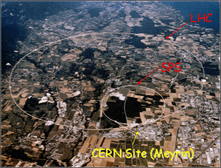 |
||||||||||
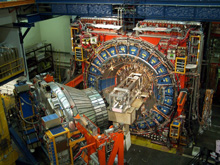 |
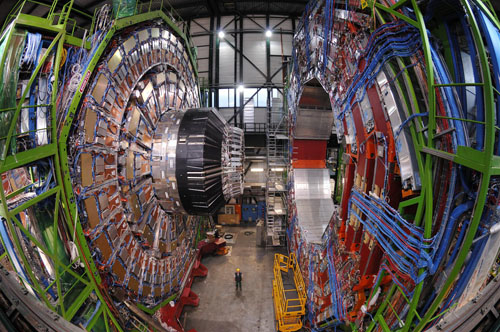 |
|||||||||
|
CDF detector at Fermilab FNAL |
TOTEM experiment at CERN |
CMS experiment at CERN |
||||||||
- High Energy Astroparticle Physics : study of charged and neutral radiation from space;
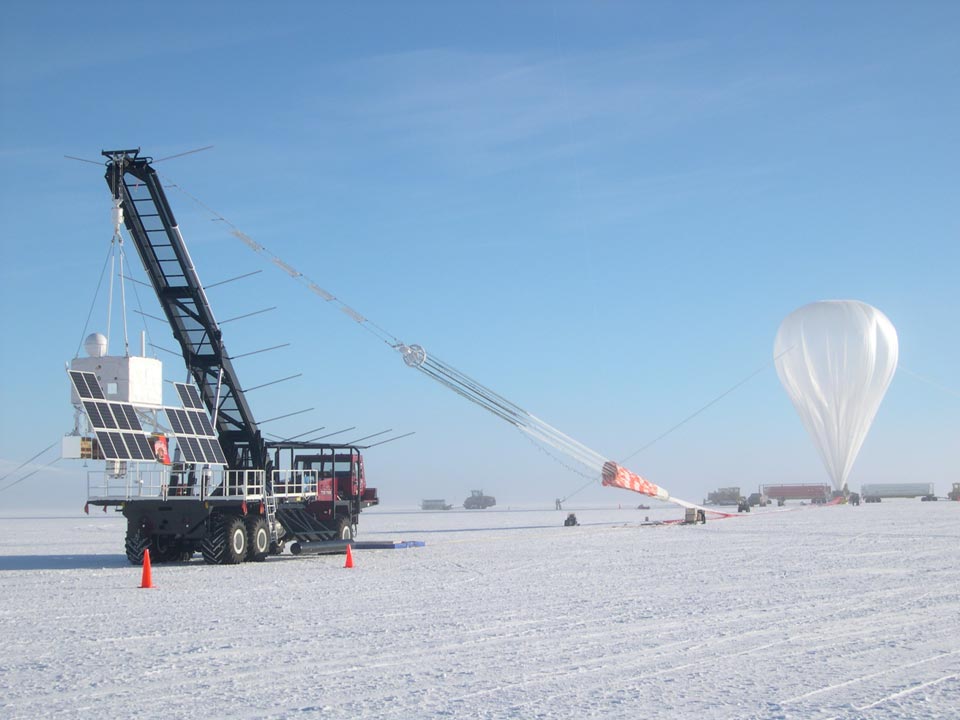 |
|||||
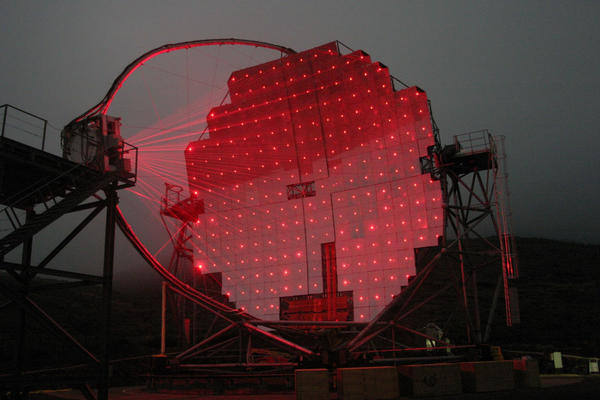 |
|||||
|
CREAM
NASA Balloon experiment |
MAGIC Atmospheric Cherenkov Telescope |
||||
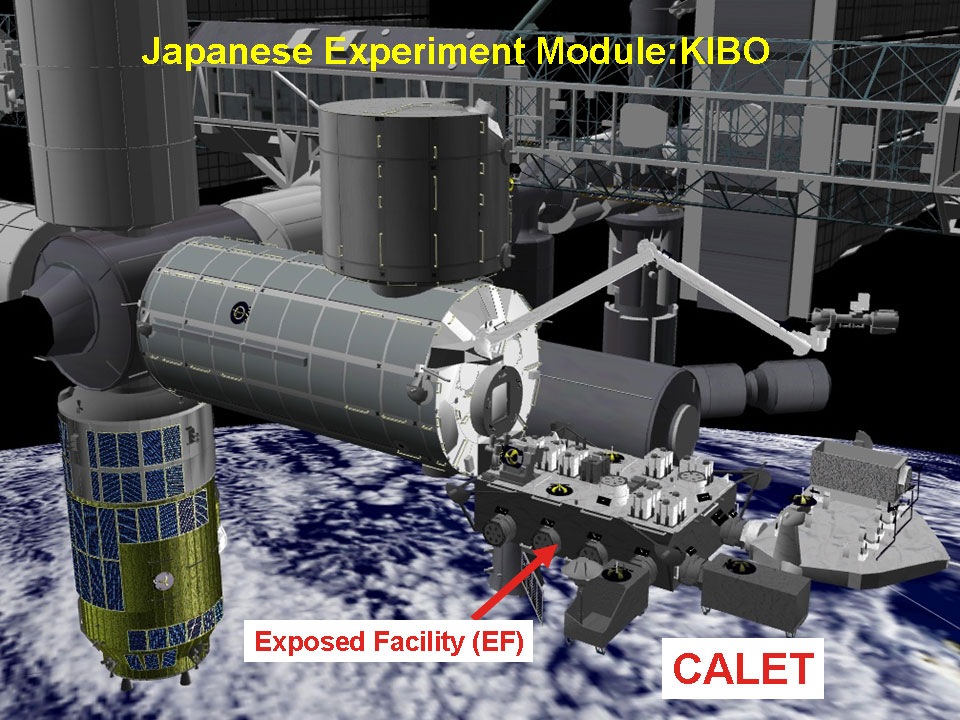 |
||||
|
CALET Calorimetric Electron Telescope |
||||
- Atomic and Molecolar Physics : Study of the Structure of Matter;
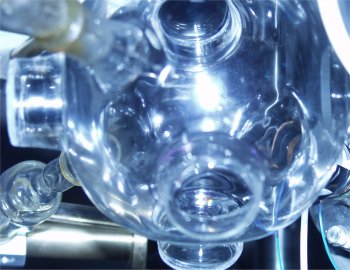 |
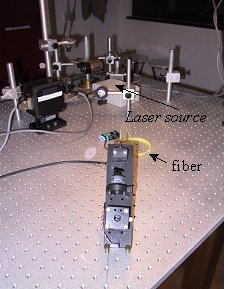 |
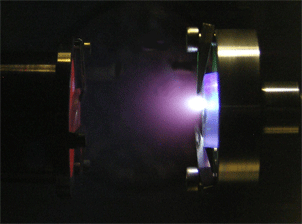 |
||||||
|
FR-MOT
Francium Magneto-Optical Trap |
CPT
Atomic Magnetometer |
PLS
Pulsed laser deposition of fluorides |
||||||
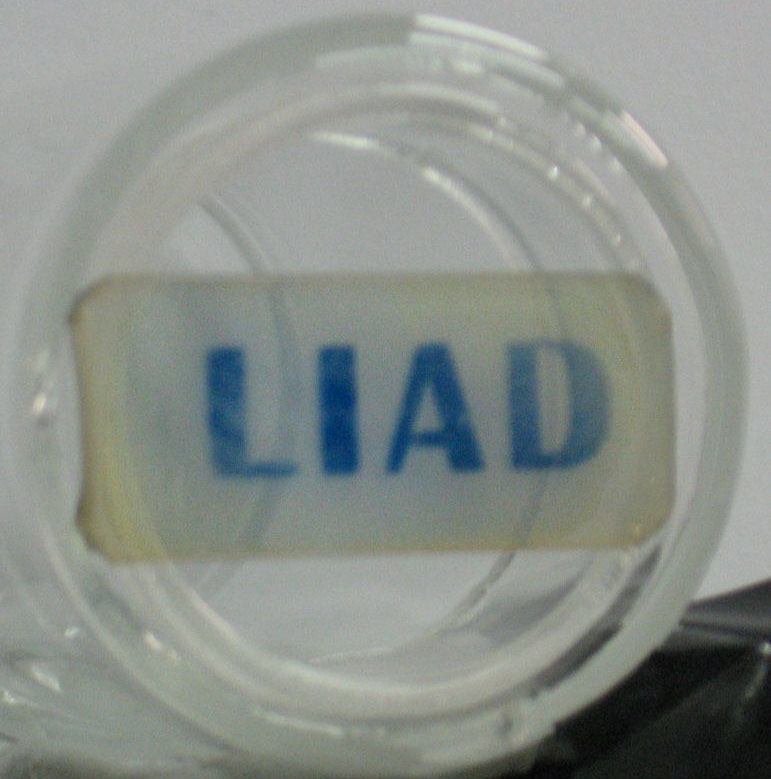 |
 |
|||||
|
LIAD
Light Induced Atomic Desorption |
Coherent Control
of Laser Pulse Propagation |
|||||
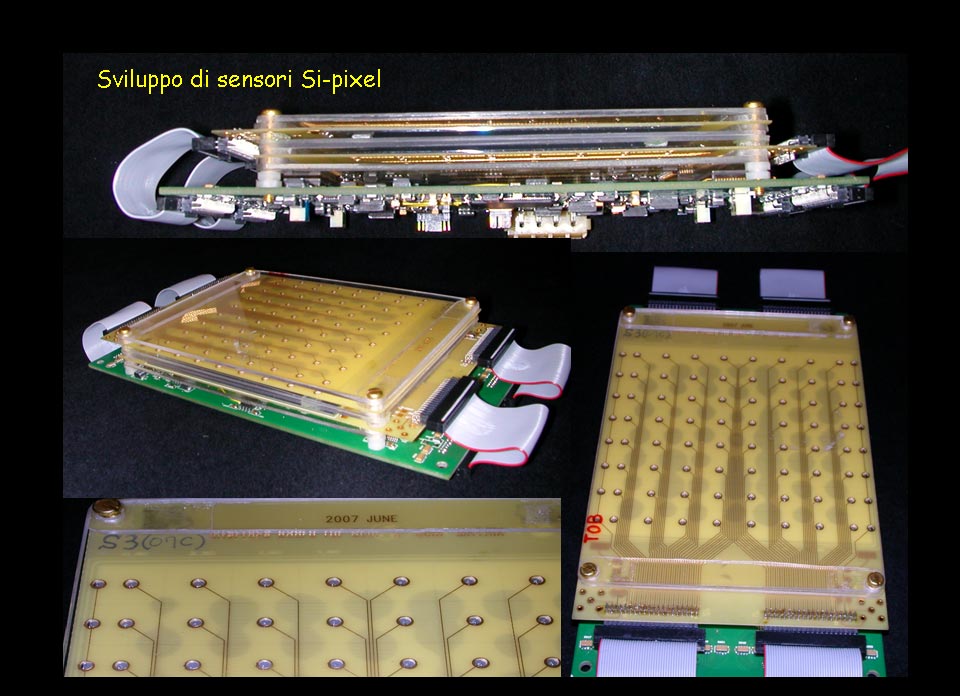 |
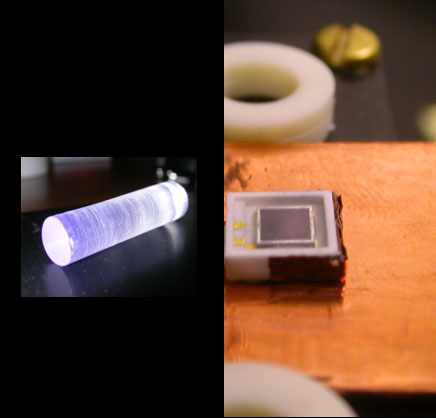 |
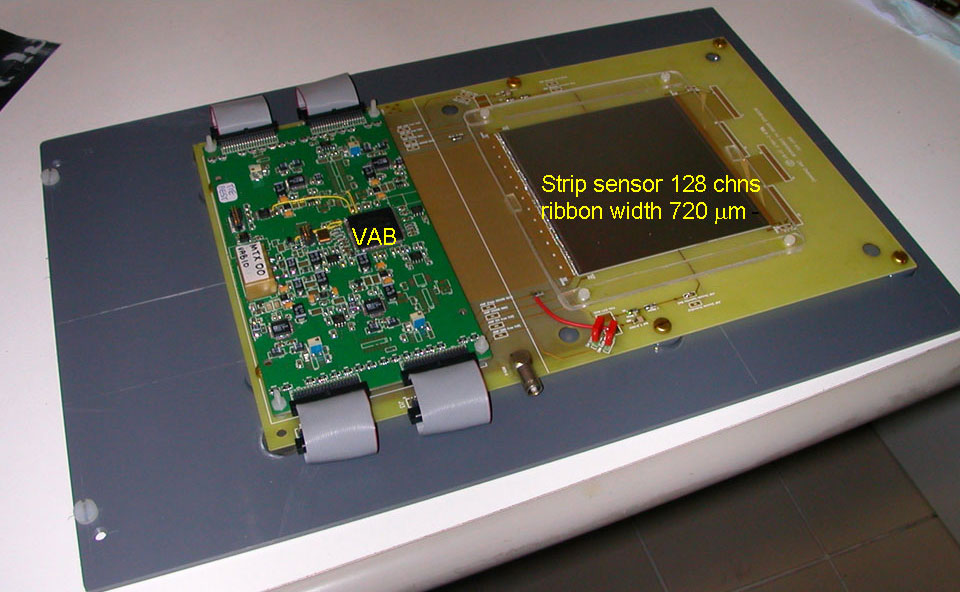 |
|||||||
|
MATRIX
R&D for a pixelated silicon array to identify cosmic nuclei |
SPIDER
R&D for sensors with Silicon-PMT readout |
Silicon strip sensors
for Silicon-Tungsten calorimetry |
|||||||
- Advanced Instrumentation in Medical Physics;
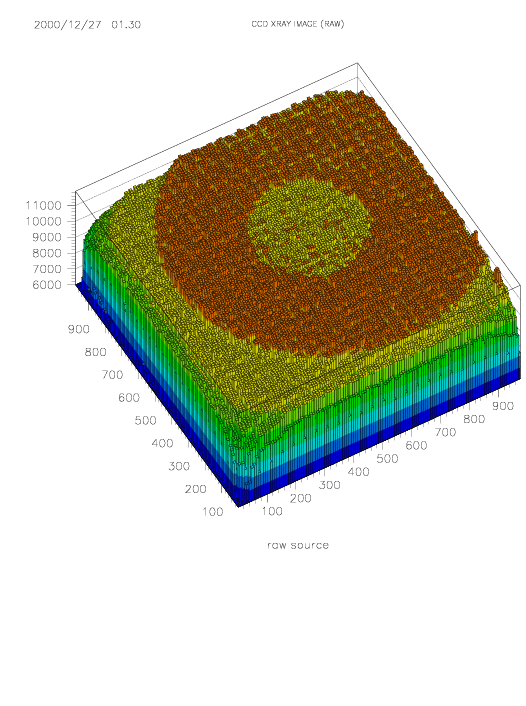 |
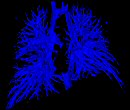 |
||||
|
Digital Mammography
|
|||||
- Physics of Complex Systems
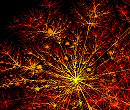 |
||
ACCESS TO INTERNATIONAL RESEARCH FACILITIES
The research groups operating in the Department have access to the experimental facilities provided by :
- International Laboratories and foreign research sites, as :
- European Laboratory for Particle Physics (Geneva) CERN
- Fermi National Accelerator Laboratory (Batavia - USA) FERMILAB
- Lawrence Berkeley Laboratory ( Stanford - USA ) SLAC
- Instituto de Astrofisica de Canarias IAC
- Max Planck Institut für Kernphysik - TSR facility Heidelberg
- Institut für Angewandte Physik - Bonn IAP
- Institute of Physical Science and Technology - University of Maryland IPST
- NASA Goddard Space Flight Center GSFC
- University of Chicago - Fermi Institute
- California Institute of Technology - CALTECH
- Waseda University (Tokio)
- Naval Research Laboratory - Washington
- Institute for Automation and Electrometry - Novosibirsk
- Institute for Physical Research - Ashtarak - Armenia
- National Laboratories :
The research groups of the Department operate in the framework of National Research Institutions like :
in particular with :
and in close contact with :
- Foreign and Italian Universities:
- Université Paris-Nord (XIII)
- École Normale Superiéure
- Dipartimento di Fisica Universita' di Varsavia
- Dept. of Chemistry Pennsylvania State University
- Dipartimento di Fisica dell' Universita' di Pisa
- Dipartimento di Fisica delle Universita' di : Ferrara, Bologna, Padova, Pavia, Sassari, Cagliari, Bari, Lecce, Napoli
- Dipartimento di Ingegneria Aerospaziale dell'Universita' di Pisa
- Dipartimento di Ingegneria Aerospaziale dell'Universita' di Padova
GRADUATE STUDIES: EUROPEAN NETWORK
The Ph.D School in Experimental Physics of the University of Siena is member of the:
International School on Astroparticle Physics (ISAPP)
International Doctorate Network for Particle, Astrophysics and Cosmology (IDPASC) an European Network of Universities.